Gaston Gervais: he did it his way
I feel like I’ve always known Gaston Gervais. He is imprinted on the pages of my life and in particular, on the life of my father. It’s important to mention that Gaston’s father delivered my grandmother – my father’s mother – in 1918. But I digress. Doctor Eugène Gervais (1869-1919), from Saint-Roch-del’Achigan and the son of a farmer, settled in Saint-Jovite after graduating in medicine.
As his son Gaston used to say, most aptly: “Eugène showed up with the big cars”. In 1898, he married Anna Archambault, born in Assomption, the daughter of a contractor and church builder. Six children were born of this union: Gaston 1899, Yvette 1900, Cécile 1901, Antoinette 1904, Paul 1907 and Henri 1911.
The couple was influential. Anna, a musician, contributed to the development of our culture and it was in her honour that the auditorium of the Polyvalente Curé Mercure was named in 1983. Eugène, in addition to his medical practice, operated a farm, a sawmill and an electricity-generating dam on Black Creek – the ruisseau Noir.
Gaston the measurer
During this period, Gaston was doing his classical studies at L’Assomption college: (elements of French, elements of Latin, syntax and method). In 1916-1917, he continued his studies at Collège Rigaud. When Eugène died in 1919, Gaston, the eldest, became the head of the family. He ran the family businesses for several years.
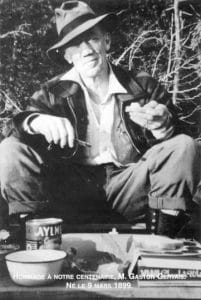
In 1924, he landed a diploma as a measurer and could then make good use of his passion for the outdoors. The trade of measurer consisted of exploring vast forested territories for big companies like CIP (Canadian International Paper), and the Roland and McLaren mills.
The work was important because the measurer, in travelling around the territory, evaluated the wood of the trees when they were in their original state: straight, proud and standing upright.
Under the open sky
These evaluations allowed forest industry companies to determine what facilities and activities would be needed, such as camps to lodge the loggers, roads for bringing out the cut wood, and planning of the wood drive. The area of the land ceded to these companies was immense and a section of it was Gaston’s responsibility.
The territory extended largely in the Parc national du Mont-Tremblant and the forests surrounding Lac Monroe up to the borders of Saint-Donat. To the north, the territory extended up to the village of Annonciation – now Rivière-Rouge – and north of Ascension, including the region of Lac de la Maison de Pierre.
Gaston’s work was mostly done on foot and alone. He carried a minimum of food in a bag that also held the tools of his trade. Gaston ate the fish he caught and the small game he hunted, and his nights were usually spent under the starry skies. The life of a measurer was spent in the forest 12 months a year in conditions that were sometimes very harsh.
A number of descendants
In 1926, Gaston married Armande Meilleur, daughter of hotelier Joe Meilleur and Aspasis Moranville. To give you your bearings, the Meilleur hotel was located at the end of what is now Montée Ryan, on the left, where today you’ll see the tennis courts of Club Intrawest (IROC).
Gaston and Armande had three children: Marc and Luke – both joined the RCMP – and Francine, mother at home. Among them they produced 13 grandchildren and 15 great-grandchildren.
Sixteen lakes, sixteen friends
The land Gaston travelled was also a paradise for hunters and fishers. Gaston knew all the lakes, the fish that lived in them and where they were biting. When he returned from one long, several-week stretch in the forest, Gaston contacted my father and told him of his discovery of a series of small lakes located not far from the Riviere Rouge, south of Lac de la Maison de Pierre.
The CIP had built a big logging camp and a road leading to it. A few days later, Gaston and my father went in on foot and both returned enchanted. They gathered a group of friends and got busy incorporating a territory on which there were 16 lakes (16 friends). It was thus that the fish and game club called the Sauteuse – the jumper (female) – was formed.
Before you jump to conclusions, I assure you that this was not a club of exotic dancers but rather a place where the fish, when feeding on flies and insects, jumped and caused splashes and ripples on the surface of the water. I’ll tell you more of the story of Gaston Gervais, a man who still stands tall in my memory, in next month’s issue.
See you in September!
By the same author: Gaston Gervais: he did it his way (second instalment) (Click the image below)
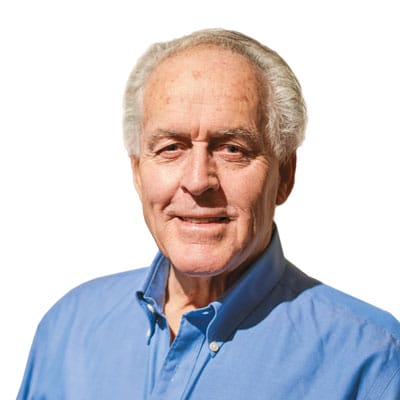
Peter Duncan123 Posts
Membre de l’équipe canadienne de ski alpin de 1960 à 1971, skieur professionnel de 1971 à 1979 et champion américain en 1965, Peter Duncan a participé aux Jeux olympiques de 1964 à Innsbruck ainsi qu’à ceux de 1968 à Grenoble. Intronisé au Temple de la renommée du ski au Canada, au Panthéon des sports du Québec et récipiendaire de la médaille du gouverneur général, Peter a longtemps été commentateur de ski à la télévision./ Peter Duncan is a Canadian former alpine skier who competed in the 1964 and the 1968 Winter Olympics. He was named to the Canadian National Alpine Team in 1960 at the age of 16 and competed at the national level for the next 10-years until 1970 before retiring.
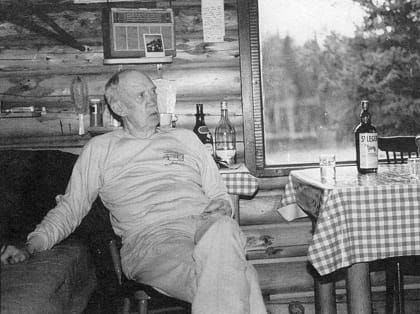
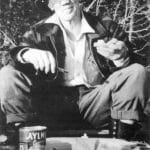



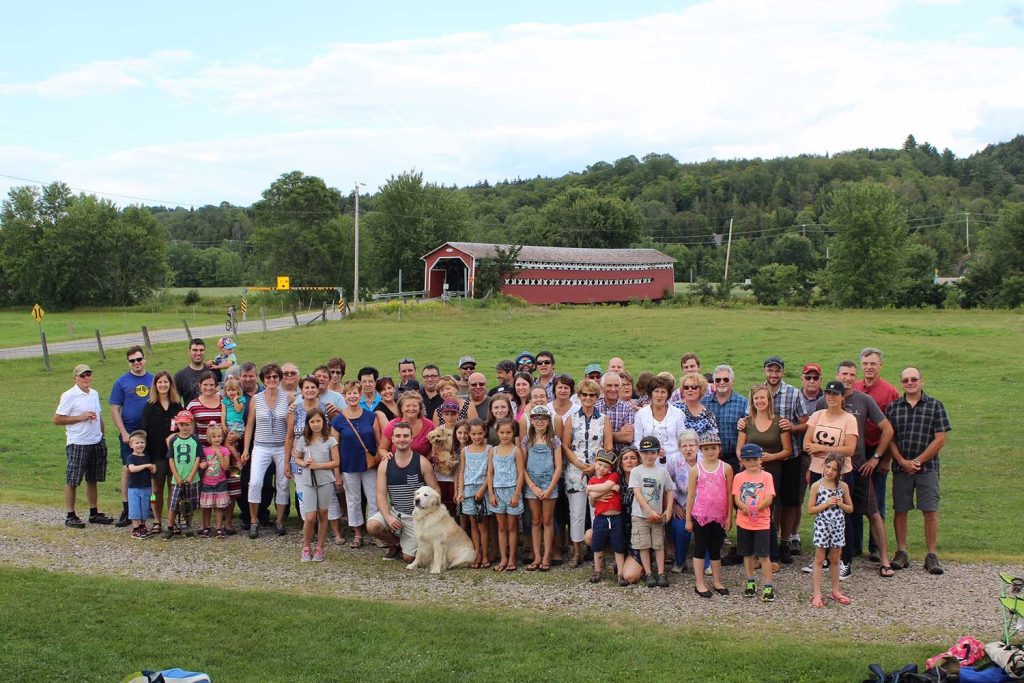
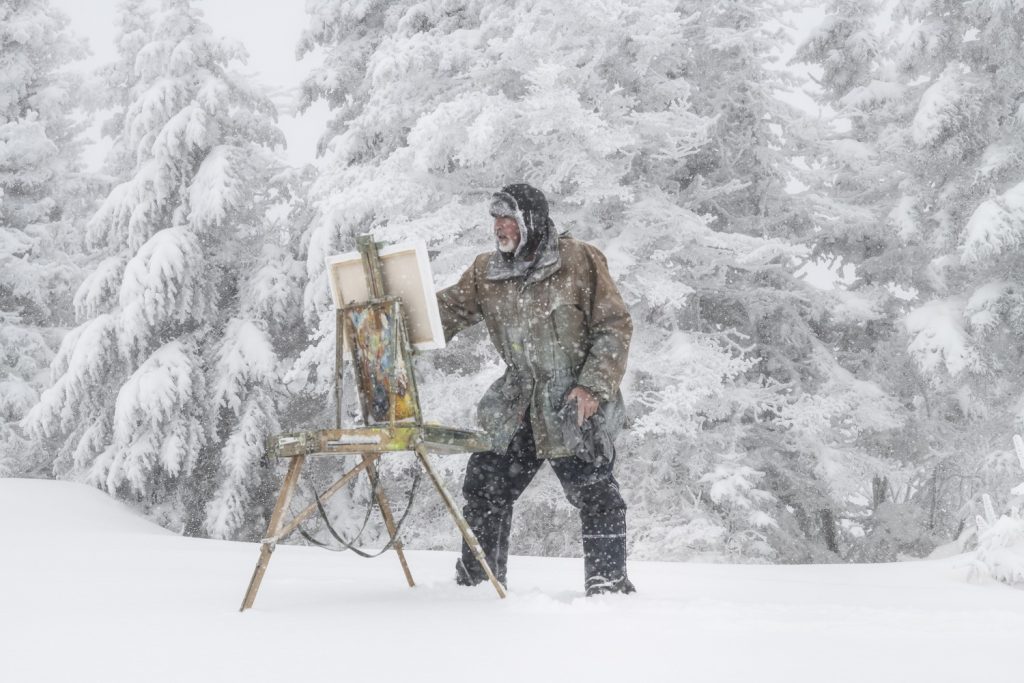
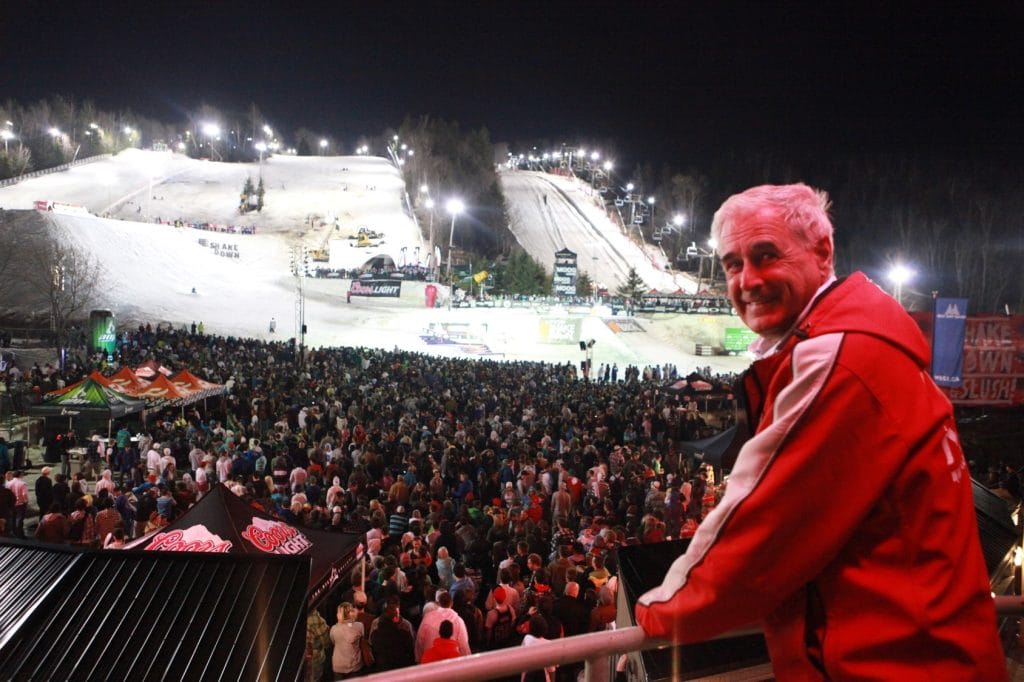
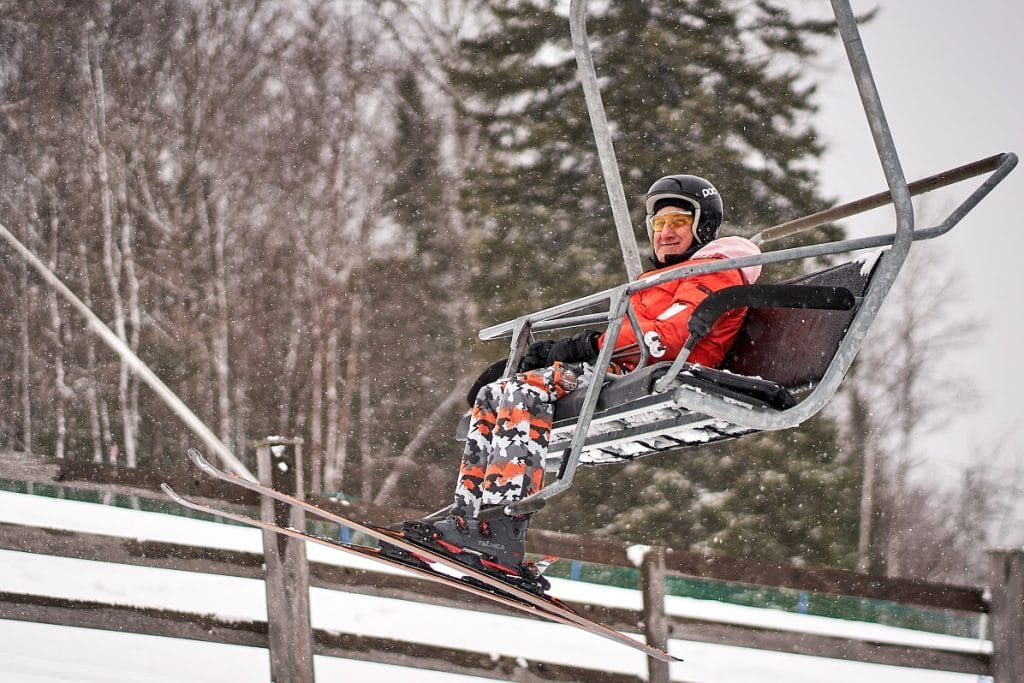
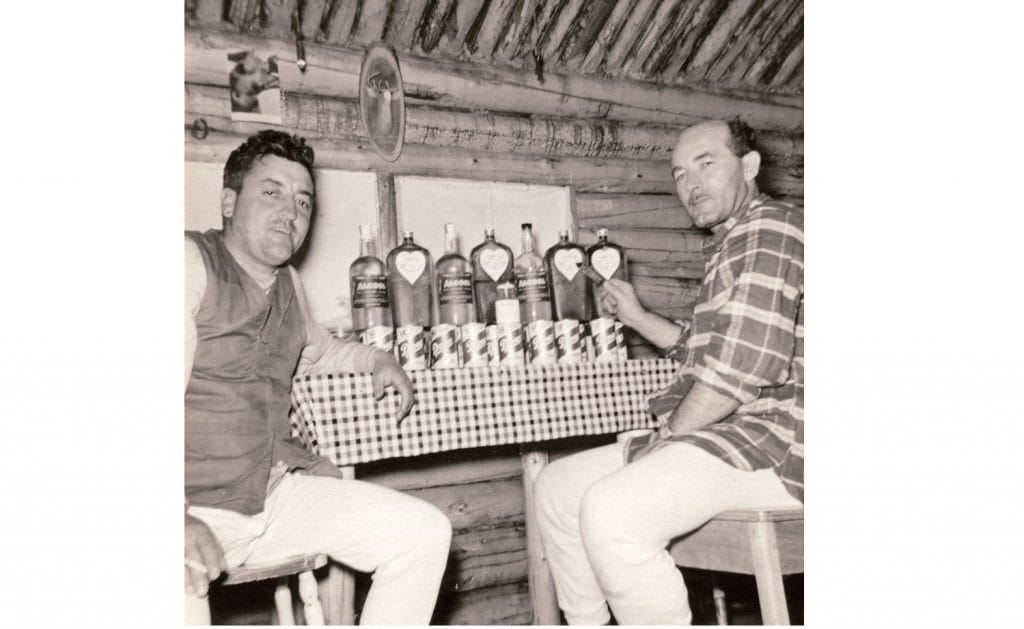
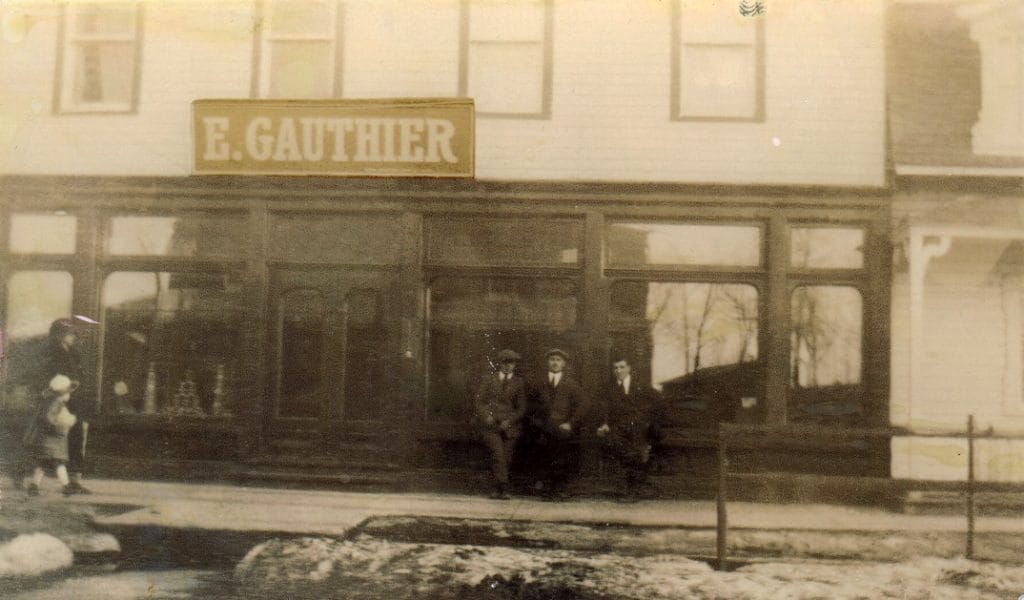

0 Comments